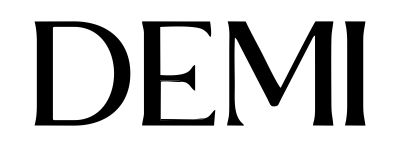I Speak Of Silent Things
With I Speak Of Silent Things, Demi activates a paradox: a crying & shouting with the silent thread of the canvas. For DEMI “there are horrible truths to be rendered as beautiful moving images.” Thus, the accidental biography of the artist (and her creative reserve) becomes splendidly portrayed.
The Execution (2014) succeeds in showing the power of art to present beauty, as opposed to historic blunder and family tragedy. The father, summarily executed by the Cuban Government fifty-five years ago, leaves three little girls immersed in the horror.
The clamor is expansive. These images tear us apart. A child’s fable cannot be contained within the canvas’ frame. Then come the pain and the loss and the exile’s existential delirium, expressed by the opulence of detail minutia, the sudden reds, the laces, and the unblemished linen. And a trickle of blood becomes a thorny twig, like a flower coming out of a wound.
DEMI sugarcoats her stolen childhood. That is why in her paintings children do not represent “a stage of life” but time and again, a fulfilled universe. As if she could travel back in time to save her own life. The most intolerable –and the most effective in her work– is the silent cry of innocence.
Then there is Departure With Laika (2010), the diptych One More Day On Earth (2013), seven drawings and a sculpture. The diptych suggests the great dangers waiting in the children’s sphere. We come face-to-face with the güijes, evil anthropomorphic elves bearers of calamity in Afro-Cuban traditions. Portrayed in an almost abstract manner, DEMI’s güijes, rendered in black and white, also cry and howl. Their screams confront us with the nearby evil that we appease within our own selves.
Rosie Inguanzo
Ph.D. Spanish and Latin American Literature
Florida International University


